Here’s a Riddle…
Everyone has experienced me, but few people know how to find me. I cannot co-exist with anxiety, fear, anger… or multi-tasking. I don’t cost a dime, but if I could be bought, people would pay small fortunes to create me. I can show up any time, any place, and during any activity. I am the difference between “good” and “great.” What am I?
The Answer
I am ‘Flow.’ The state of peak performance. First proposed by one of the world’s leading researchers in the field of positive psychology, Mihaly Csikszentmihalyi, ‘flow’ is defined as:
The experience people have when they are completely immersed in an activity for its own sake, stretching body and mind to the limit, in a voluntary effort to accomplish something difficult and worthwhile.
It is the place where your attention, motivation, skill set, and the challenge before you collide. The result is a joyous, productive harmony, where you are at your best – your most innovative, most productive, and most brilliant. A ‘flow experience’ is often characterized by words like “rapture,” “timeless,” and “single-pointed-focus.”
Whoa. Sound like a magic elixir? Too good to be true? It is not. And it is a key differentiator between those who are “good” at what they do, and those who are recognized and celebrated as “great” at what they do.
Components of Flow
According to Csikszentmihalyi, there are three components that are necessary to generate a ‘flow state.’
- One must be involved in an activity with a clear set of goals. This adds direction and structure to the task.
- One must have a good balance between the perceived challenges of the task at hand and his or her own perceived skills. One must have confidence that he or she is capable of doing the task at hand.
- The task at hand must have clear and immediate feedback. This helps the person negotiate any changing demands and allows him or her to adjust his or her performance to maintain the flow state.
As can be seen in this graphic, flow state occurs when you have the courage to embrace a higher than average challenge, while, at the same time, stretching your skills to meet that challenge.
High challenge, but it requires low skill? Flow is blocked and the experience instead is one of anxiety or worry.
High skill, but not a challenge? Flow is blocked and instead the experience is one of boredom.
The Four Elements to Creating Flow
While a flow state can never be forced (how about that for an oxymoron?), you can intentionally set yourself up to create a state of flow by incorporating four key elements:
- Intrinsic Motivation. Take on a goal or challenge that you are intrinsically-motivated to achieve. This is different than a goal that motivates you because of an external reward (like money) or recognition (like an award).
- Uni-task. Choose to create a single-pointed focus during the times you are working on that goal or challenge (no email, no phone, no multi-tasking).
- Stretch. Select a goal or challenge that makes you stretch. You know what that is – it’s the thing that keeps knocking on the back of your mind and it has the power to both excite and scare you at the same time.
- Build skills. Is there is a system you need to implement, a mind-set you need to adjust, or a skill you need to build? Do it. Then get to work.
Where are you experiencing flow in your work? What’s keeping you from having more flow experiences? Is it time to change something up?


